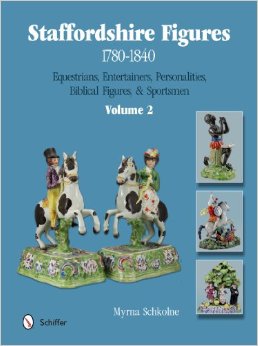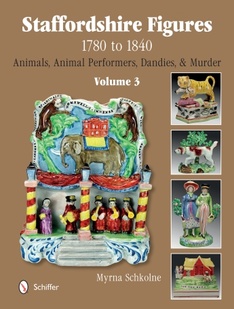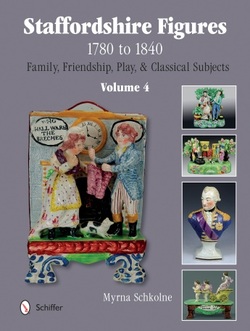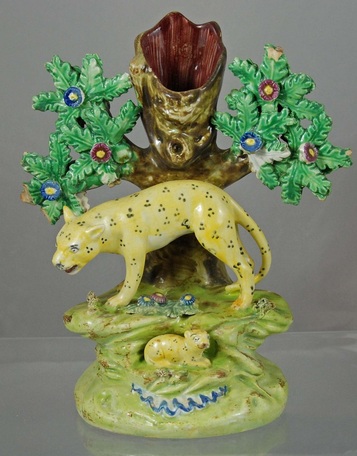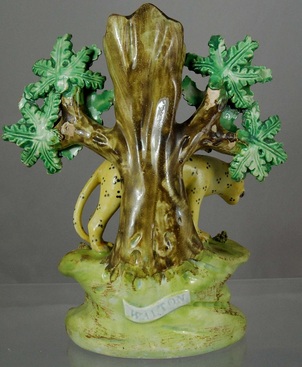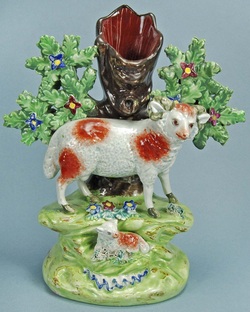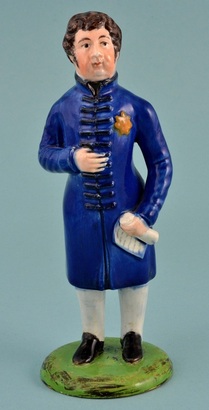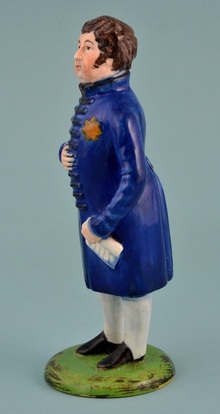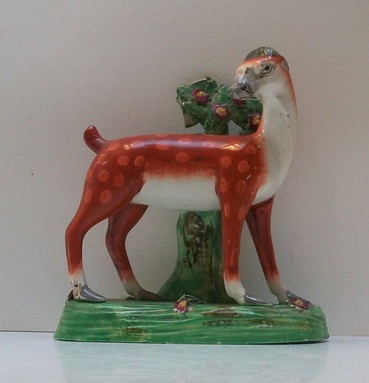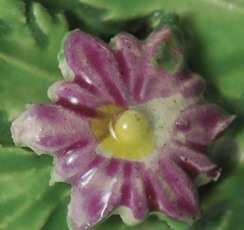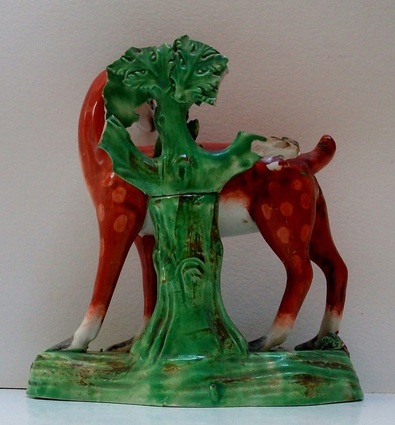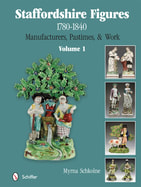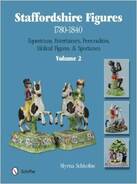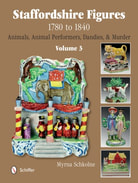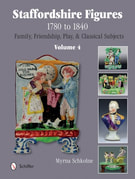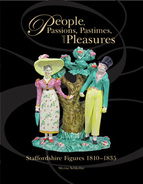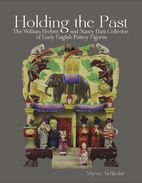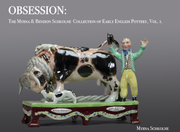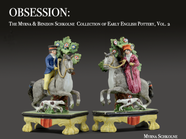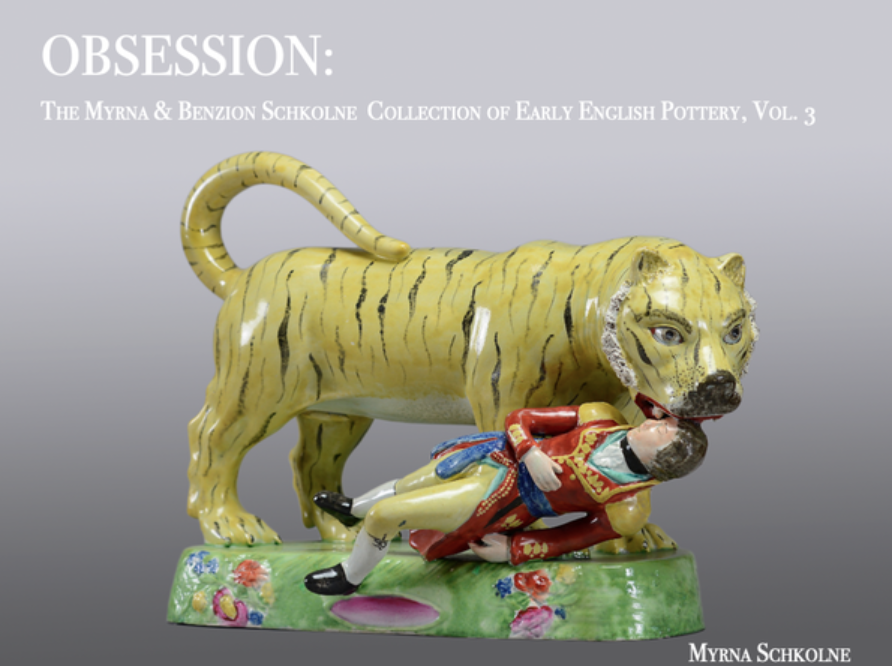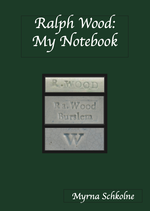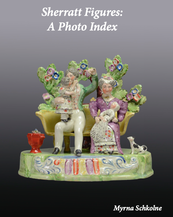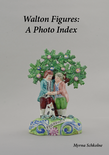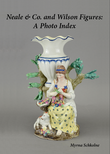I hate plugging my own books, but if you have even the remotest interest in early figures, buy these books. Together, the 4 volumes are the ultimate reference and show Staffordshire in all its polychrome glory, a whopping 4000-plus images of easily 5,000 figures. I went to Schiffer's site today and was surprised to see the dust jackets for Volumes 3 and 4, so those volumes too are in production and will be available later this year.
I have been working with Herbert and Nancy Hunt's Staffordshire figure collection in Dallas, Texas, and am finalizing my book on this amazing collection for the Hunt family. That book, Holding the Past: the William Herbert and Nancy Hunt Collection of Early English Pottery Figures, will be available early 2015. Whereas all my other books focus solely on enamel-painted figures, Holding the Past also features figures decorated in colored glazes and underglaze oxides. The Hunt Collection is simply mind-blowing. I believe it is the most comprehensive figure collection of the 1780-1840 period anywhere in the world. Nancy and Herbert have built it over four decades, and a good number of the figures are unique. I have truly been privileged to work with this collection, and with Herbert and Nancy and their daughters, Barbara Crow and Libby Allred. The family are warm and generous, and, in that spirit, they are publishing Holding the Past to share their figures with collectors around the world.
